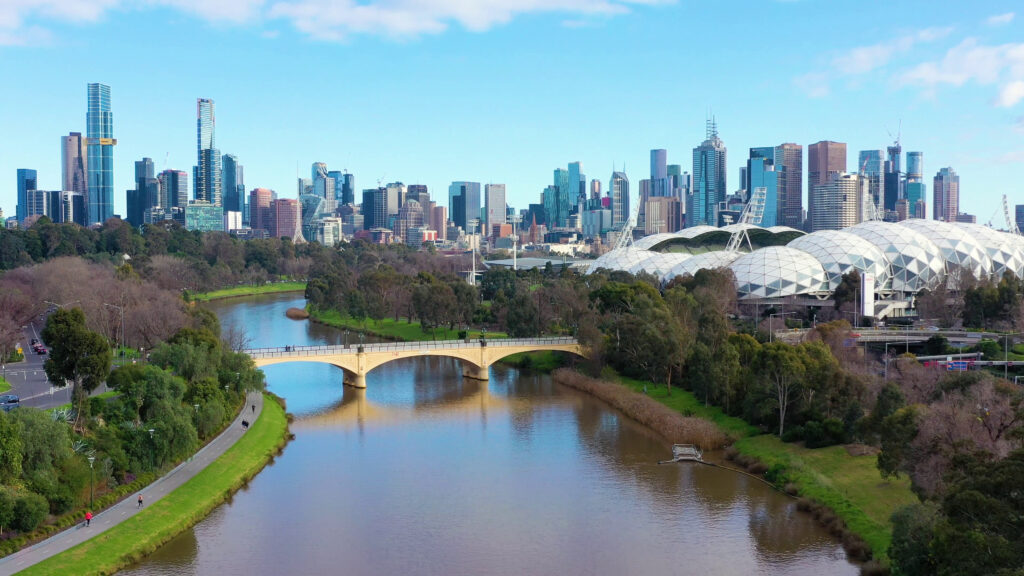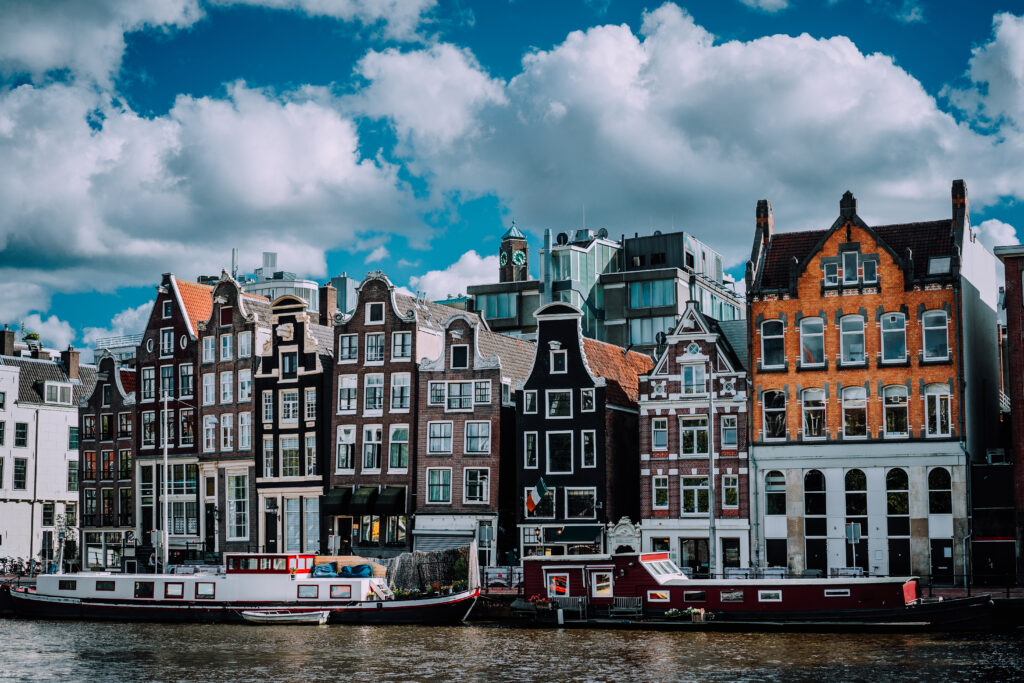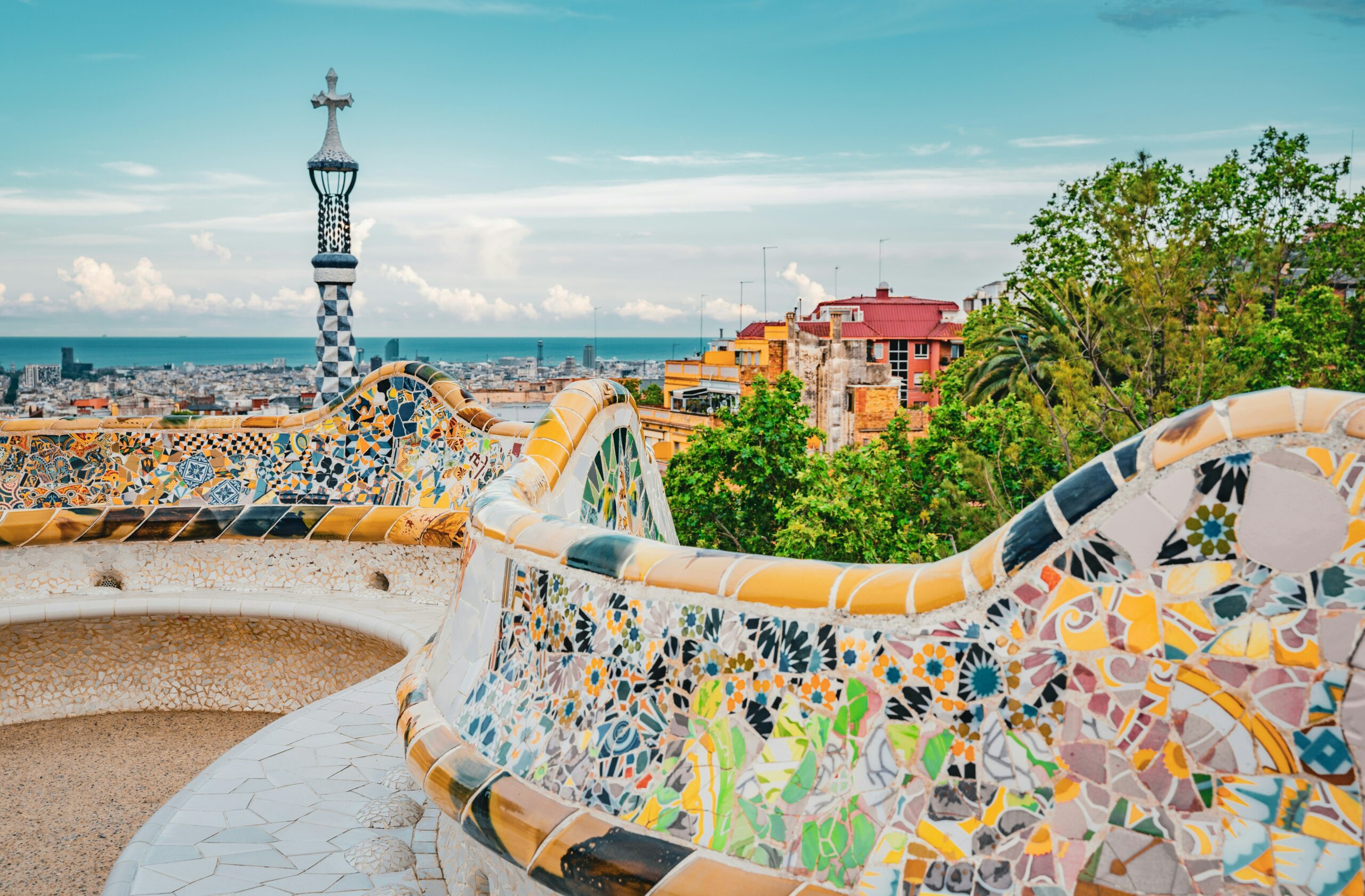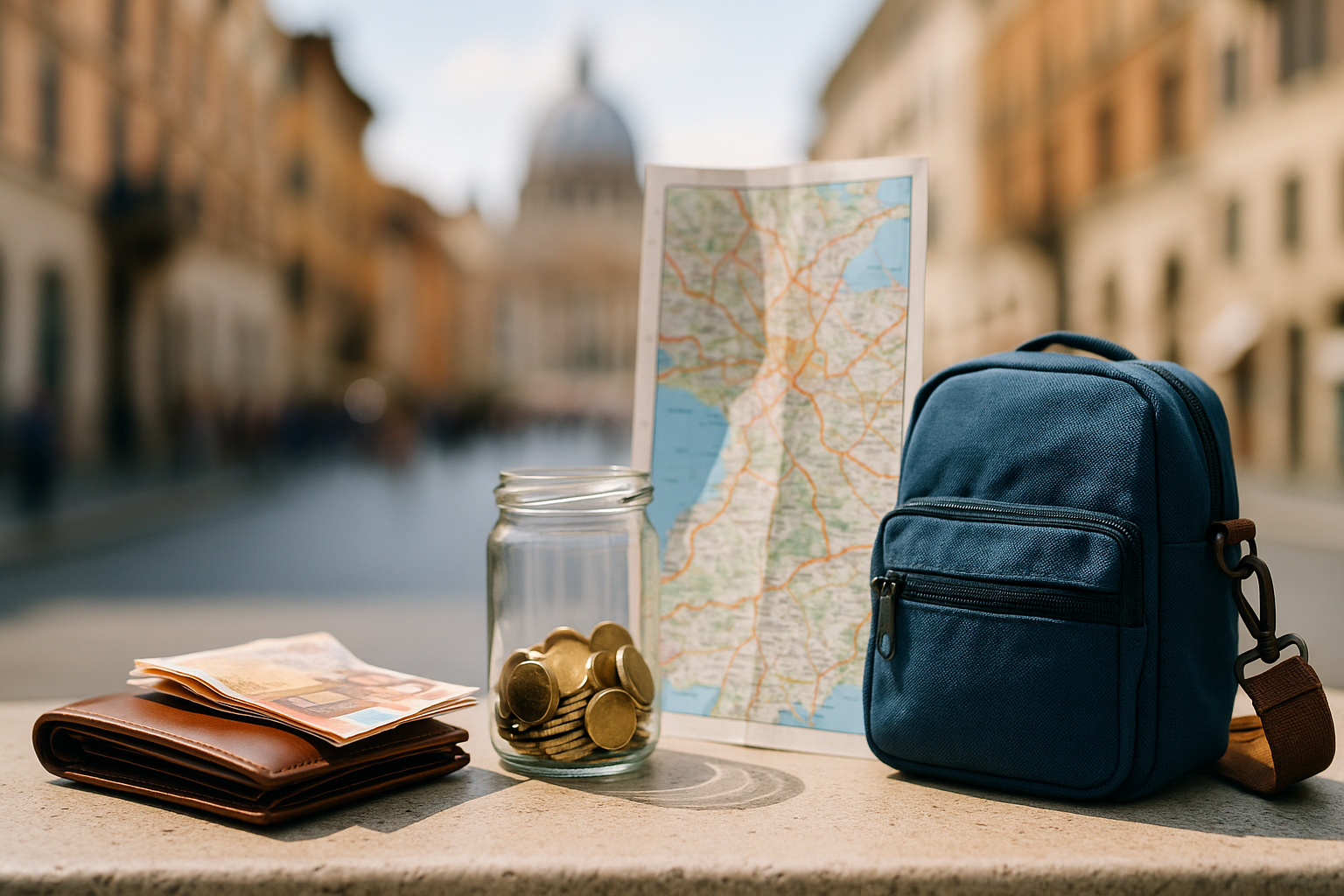Forget traffic jams and endless Uber rides, some cities were built to be explored on foot.
Walkable cities don’t just make for easier travel. They offer deeper experiences, local charm, and spontaneous discoveries that no tour bus can replicate. From European alleyways to oceanfront promenades, here are the 10 most walkable cities in the world, and exactly why they should be on your travel radar.
🌍 1. Florence, Italy
Why it’s walkable:
Florence’s compact Renaissance-era layout means everything, from the Duomo to the Uffizi Gallery, is within a 20-minute stroll. Cars are restricted in the historic center, making it peaceful and pedestrian-friendly.
Don’t miss: Climbing to Piazzale Michelangelo for the best panoramic view of the city (especially at sunset).

🌍 2. Kyoto, Japan
Why it’s walkable:
With flat terrain, well-maintained sidewalks, and over 1,000 temples scattered across neighborhoods, Kyoto is a dream for cultural walkers. You’ll find Zen gardens tucked between quiet alleyways and hidden tea houses around every corner.
Don’t miss: Strolling the Philosopher’s Path during cherry blossom season.

🌍 3. Vancouver, Canada
Why it’s walkable:
Vancouver’s downtown core is compact and surrounded by nature. You can go from shopping in Yaletown to hiking along the Stanley Park Seawall without needing a car.
Don’t miss: Walking or biking the 9 km Stanley Park loop for ocean, skyline, and mountain views all in one.
🌍 4. Lisbon, Portugal
Why it’s walkable:
Lisbon’s charming hills and narrow cobblestone streets are best explored on foot. Each neighborhood has a unique vibe, from historic Alfama to trendy Bairro Alto.
Don’t miss: Climbing up to Miradouro da Senhora do Monte for a sweeping view over red rooftops and the Tagus River.

🌍 5. Melbourne, Australia
Why it’s walkable:
Melbourne’s city grid, extensive network of laneways, and vibrant street art scene make it a walker’s paradise. The entire Central Business District (CBD) is pedestrian-friendly and filled with cafes, art, and pop-up events.
Don’t miss: Getting lost in the graffiti-filled Hosier Lane and grabbing a flat white nearby.

🌍 6. New York City, USA
Why it’s walkable:
Despite its size, Manhattan is designed for pedestrians. The numbered grid system makes navigation easy, and each neighborhood feels like a walkable world of its own.
Don’t miss: Wandering from Central Park through the Upper West Side, down to Greenwich Village for bagels, jazz, and history.
🌍 7. Barcelona, Spain
Why it’s walkable:
With wide boulevards, iconic architecture, and a Mediterranean breeze, Barcelona invites you to walk everywhere. The Gothic Quarter, in particular, is a maze of ancient alleyways made for exploring.
Don’t miss: A leisurely walk down Passeig de Gràcia to see Gaudí’s famous buildings.

🌍 8. Amsterdam, Netherlands
Why it’s walkable:
While Amsterdam is famous for bikes, it’s equally fantastic for pedestrians. The city’s canal-side streets, car-free zones, and abundance of bridges make it endlessly strollable.
Don’t miss: Crossing the canals at golden hour while walking through Jordaan or De Pijp.

🌍 9. Buenos Aires, Argentina
Why it’s walkable:
Each “barrio” (neighborhood) offers its own vibe, from the bohemian streets of San Telmo to the Parisian-style avenues of Recoleta. Buenos Aires is one of South America’s most walkable (and photogenic) capitals.
Don’t miss: Walking the colorful streets of La Boca and catching a tango show.
🌍 10. Copenhagen, Denmark
Why it’s walkable:
Copenhagen has invested heavily in pedestrian infrastructure. The city center is filled with car-free zones, public plazas, and waterside promenades perfect for strolling.
Don’t miss: Nyhavn Harbor, where you can walk, snack, and people-watch by the rainbow row of historic houses.
🚶♂️ What Makes a City Walkable?
The best walkable cities usually share these features:
- Compact layout or well-organized grid
- Safe, clean sidewalks and crosswalks
- Little or restricted car traffic in central areas
- A mix of shops, food, parks, and culture in walking distance
- Scenic routes that make walking fun
🌎 Why Walkability Matters (Beyond Travel)
Walkable cities are not only great for tourists, they’re better for residents, too. Studies show walkable cities are:
- Healthier (encouraging daily movement)
- Greener (less reliance on cars = lower emissions)
- More vibrant (local businesses thrive on foot traffic)
They also foster a stronger sense of connection between people and place. You notice more when you slow down and walk.
🧳 Final Thoughts
The best way to understand a city is to walk it. So next time you plan a trip, ditch the bus pass and lace up your sneakers. These 10 cities prove that the best views, moments, and meals happen one step at a time.





Leave a Reply